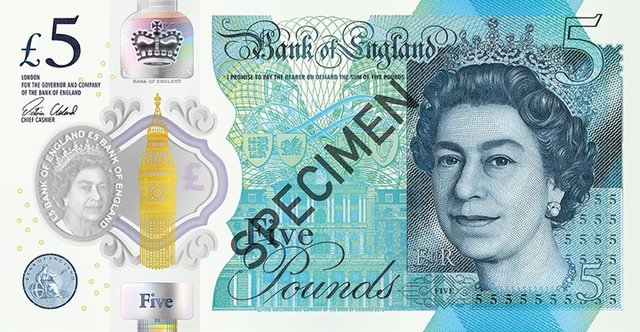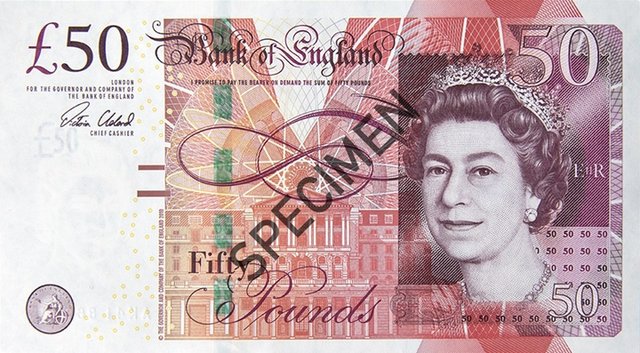The Bank of England releases new £20 note
Once again, the Bank of England has announced the release of a new plastic banknote – this time, the £20 note. Mohamed Dabo analyses BofE’s new offering and discusses all the ‘need-to-knows’
The new £20-note that was launched on 20 February by the Bank of England is plastic—just like the £10-note released in 2017 and the £5-note released in 2016.
The person whose likeness is on the new note is the famous British artist JMW Turner.
Scheduled for release next year is a new plastic £50 note as well, which will complete the set. Then, all Bank of England notes will be plastic.
Why are we getting plastic notes?
The reason is durability and economy. The bank believes that plastic is more durable and stronger than paper—so, fewer notes will need replacing.
The Bank of England estimates that plastic money will last 5 years on average. The compares to an average of 2 years for paper money.
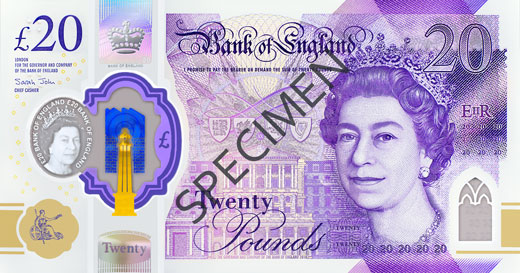
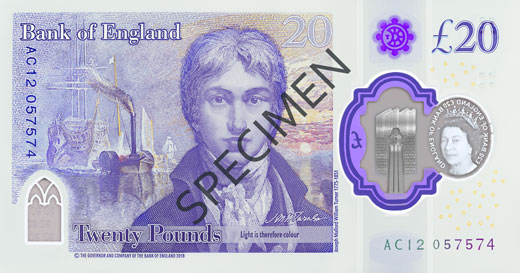
Key security features
Focus on these two key security features to help confirm that your notes are genuine:
Hologram image change
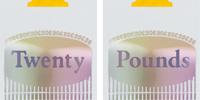
Tilt the note from side to side. Check the words change between 'Twenty' and 'Pounds'.
See-through windows

Look at the metallic image over the main window. Check the foil is blue and gold on the front of the note and silver on the back.
Look for a second, smaller window in the bottom corner of the note.
Other security features
The Queen's portrait in the see-through window
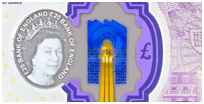
A portrait of the Queen is printed on the window with '£20 Bank of England’ printed twice around the edge.
Silver foil patch
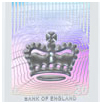
A silver foil patch contains a 3D image of the coronation crown. You will find this above the see-through window on the front of the note. The briefing on payments
Purple foil patch

A round, purple foil patch contains the letter 'T'. You will find this on the back of the note, directly behind the silver crown on the front of the note.
Feel of polymer and raised print

The note is printed on polymer, which is a thin and flexible plastic material. On the front of the note, you can feel raised print. For example, on the words ‘Bank of England’ and in the bottom right corner, over the smaller window.
Print quality
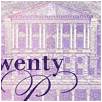
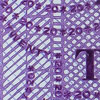
The note is printed on polymer, which is a thin and flexible plastic material. On the front of the note, you can feel raised print. For example, on the words ‘Bank of England’ and in the bottom right corner, over the smaller window.
Ultra-violet number

The note is printed on polymer, which is a thin and flexible plastic material. On the front of the note, you can feel raised print. For example, on the words ‘Bank of England’ and in the bottom right corner, over the smaller window.
Design features
Tactile feature
On the front of the note (the side with raised print), there are three clusters of raised dots in the top left hand corner. This tactile feature helps blind and partially sighted people identify the value of the note.
Size
The higher the value of a note, the larger it is. This note is approximately 139mm x 73mm.
Unique numbering
A unique serial number is printed horizontally and vertically on the back of the note. The horizontal number is in the bottom right corner. It is made up of multi-coloured letters and numbers, which increase in height from left to right. The vertical number runs down the left-hand side and the numbers and letters are the same height and colour.
Copyright symbols
The international copyright symbol is on the front and back of the note, below the ‘Twenty Pounds’ text.
Historical character
JMW Turner’s self-portrait was painted circa 1799 and is currently on display at Tate Britain.
Artwork
The Fighting Temeraire is one of Turner’s most famous paintings. This was a tribute to the ship HMS Temeraire, which played a distinguished role in Nelson’s victory at the Battle of Trafalgar in 1805.
Quote
'Light is therefore colour’ is a quote from a lecture Turner gave in 1818 and a reference to his innovative use of light, shade, colour and tone.
Signature
Turner’s signature is from his Will, in which he left many of his paintings to the nation.
Exchanging old notes
Customers will still be able to use the paper £20 note until the BofE withdraw it from circulation. The bank will announce the withdrawal date after it issues the new polymer £20 note. After that, the BofE will give six months’ notice of this withdrawal date.
Many banks will accept withdrawn notes as deposits from customers. The Post Office may also accept withdrawn notes as a deposit into any bank account you can access at the Post Office. And, you can always exchange withdrawn notes with BofE.

Paper £20 note. Find out more about the current £20 note
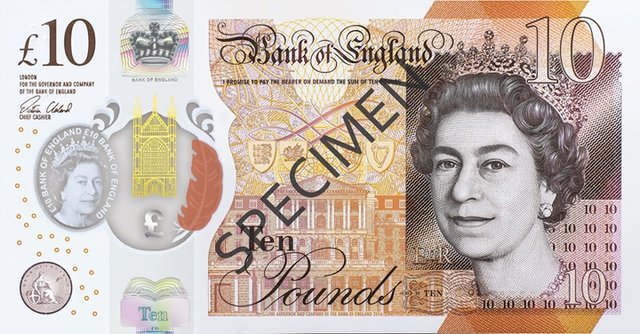
Paper £10 note. Issued on 14 September 2017 and features Jane Austen

Paper £20 note. Issued on 13 March 2007 and features Adam Smith
